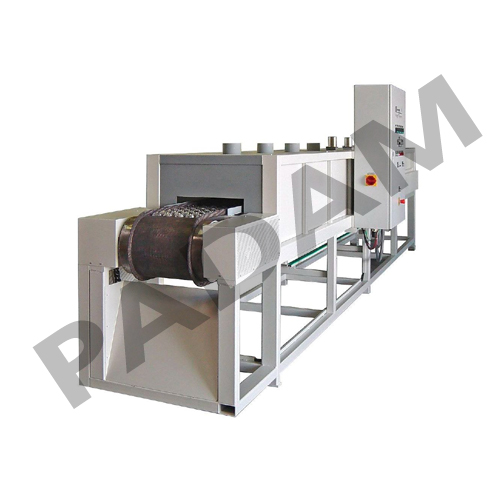How a Continuous Annealing Furnace Works
- Material Loading - Metal strips, wires, or tubes enter the furnace continuously through a conveyor, roller hearth, or walking beam system.
- Heating Zone - The material is heated to the annealing temperature (600-1200oC) to change its internal structure.
- Soaking Zone - The metal is held at this temperature for a precise duration to ensure uniform softening.
- Cooling Zone - The material undergoes controlled slow cooling or rapid quenching depending on the desired properties.
- Unloading & Further Processing - The annealed material exits the furnace for rolling, cutting, or coating.

